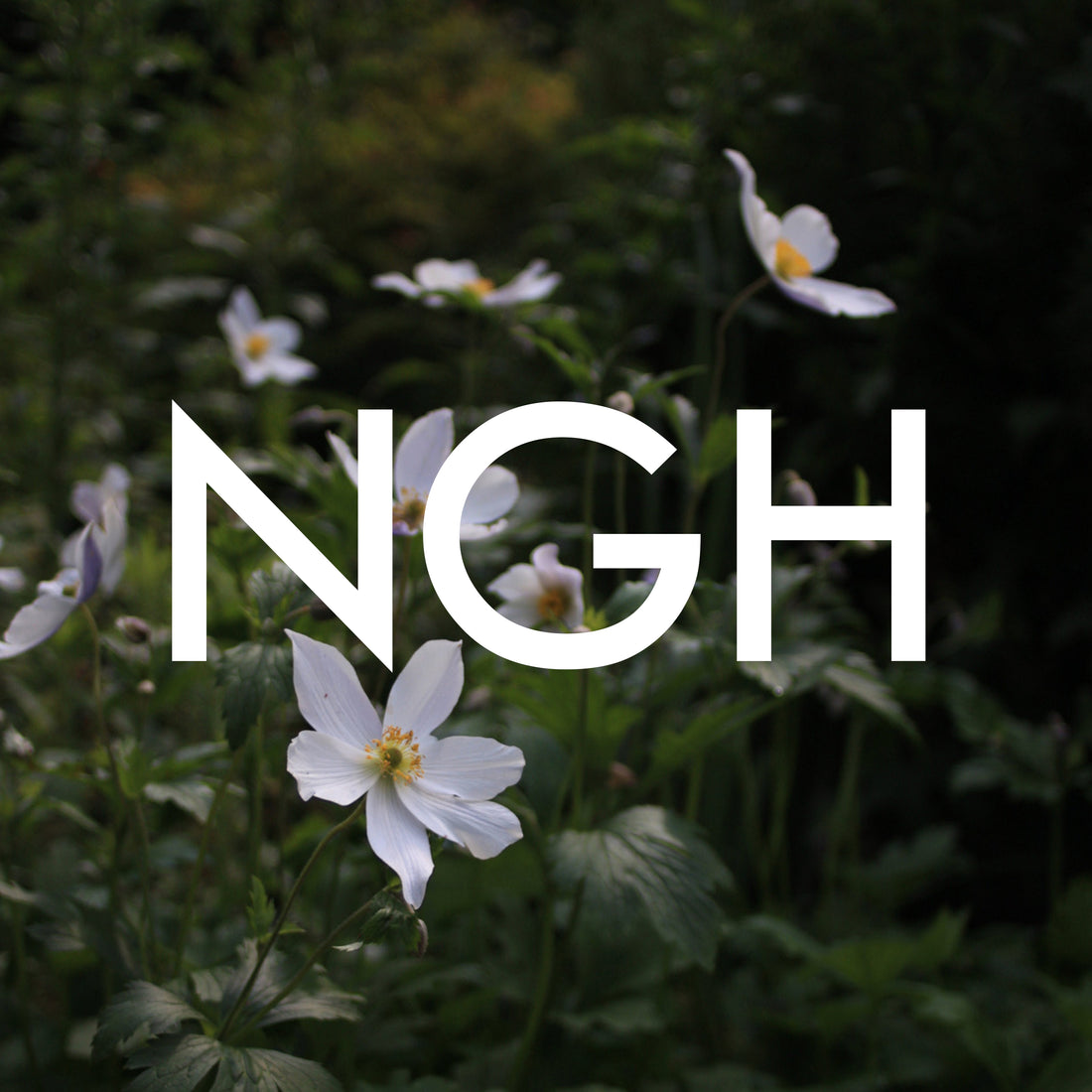Welcome to NGH's Aftercare Page, your one-stop destination for all the information you need to keep your plants thriving long after they've been planted. We understand that caring for your plants can be a daunting task, which is why we've compiled a comprehensive guide to help you navigate through every step of the process. From the most common questions like watering and fertilizing to more specific concerns like pest control and disease prevention, we've got you covered. Our team of experts has put together practical advice and tips, as well as in-depth articles, and guides that cater to all levels of experience. Whether you're a seasoned gardener or just starting, the NGH Aftercare Page will equip you with the knowledge and tools you need to ensure your plants remain healthy and vibrant year after year.
Unlock the Secrets to Peony Care
Welcome to our Peony Aftercare page, where we have gathered all of our expert advice and helpful tips to ensure your peonies thrive year after year. Our comprehensive guide covers everything from planting and soil preparation to pruning and disease prevention. We understand that every gardener has unique needs and challenges, so we have compiled a variety of resources to help you find the information you need. Browse our collection of blog posts, videos, and podcasts, or use our search function to find specific topics. With our guidance, your peony garden will be a showstopper in no time!
Bare root perennials
Congratulations on receiving your merch box of bare root plants! This is an exciting time for any gardener, but it can also be a bit intimidating if you're new to planting bare root plants. Don't worry, though, because I'm here to guide you through the process.
First, let's talk about what you should do when your plants first arrive. Ideally, you should plant your bare root plants as soon as possible after receiving them. If you're not able to plant them right away, though, there are a few things you can do to keep them healthy until you can get them in the ground.
To ensure the health of your new bare root plants, it's crucial to keep the roots damp. You can achieve this by placing the roots in the bag, pot, or brown box that came with your plants. Add a small amount of potting mix, mulch, or light garden soil to help maintain moisture. It's important to water the roots to ensure they stay hydrated.
When you're ready to plant your bare root plants, it's important to prepare the soil properly. Make sure the soil is well-draining and work in some organic matter like compost or well-rotted manure. Dig a hole that is big enough to accommodate the roots without bending them, and make a small mound of soil in the bottom of the hole to support the crown of the plant.
When planting your bare root plants, make sure to look for any new growth emerging from the plant. This growth should be above the soil line when you plant it. Additionally, it's important to avoid planting your bare root plants too deeply. The top of the roots should be at or just below the soil surface to allow for proper growth and development. By following these simple tips, you can ensure that your bare root plants will thrive in their new home.
Gently spread out the roots of your bare root plant over the mound of soil and then fill in the hole with soil, making sure to firm it down around the roots. Water the plant thoroughly after planting to settle the soil and help the roots establish.
In summary, planting bare root plants can be intimidating, but with a little preparation and care, you can ensure that your new plants will thrive in your garden. Remember to keep the roots moist if you can't plant them right away, and prepare the soil properly before planting. Happy planting!

